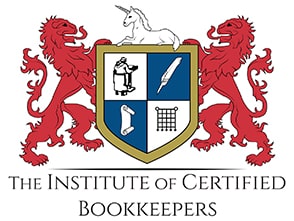Are you in the habit of checking your suppliers’ Australian Business Numbers?
When you make business purchases, you should receive a valid tax invoice from the supplier to prove that your purchase is a business expense. The ABN holds certain information, including contact details, business structure and GST registration.
Many business owners don’t routinely check the ABN of suppliers, resulting in incorrect GST claims – either claiming too much or not enough.
How to Check a Supplier ABN
- Go to the ABN Lookup website.
- Enter the supplier ABN provided on their bill.
- Review the current details, including the GST registration date. This will show whether a business is registered and, if so, from what date.
- The entry will also show if an ABN has been cancelled.
- Print or save the PDF extract and attach it to the supplier record in your accounting software.
- You can search multiple ABNs by uploading an Excel spreadsheet template.
When to Check Supplier ABNs
It’s good practice to check the ABNs of all new and major suppliers and any large or unusual payments. Always check the ABNs of suppliers you know to be new to business.
Check your accounting software – there may be add-ons that will automatically check the ABNs for you. Or, you may choose to audit ABNs once per quarter or even once per year for smaller businesses. If you do an annual check, make sure you do it in the March quarter so you can make any GST adjustments in the June BAS if needed.
Better yet – check the ABN of every new supplier and save the details in your software, so you always have the correct information and tax codes.
What if it’s Wrong?
It’s not uncommon that suppliers (especially those new to business) charge GST on their invoices when they are not yet registered for GST. Some suppliers may also provide the ABN of another business. For example, one person may conduct business under both a sole trader ABN and a company ABN and provide you with an invoice from the wrong entity.
If you conduct a review of your suppliers’ ABNs and find that some have been charging GST in error, notify the supplier and ask for a refund of the GST or a credit to the value of GST incorrectly charged. Ask the supplier to reissue correct tax invoices.
Another common error is to claim GST on purchases made from small overseas businesses that are not registered for GST in Australia.
Need Help with BAS Adjustments?
Once you have corrected the entries in your software, you will need to make a GST adjustment on your next BAS.
If you have made significant changes over multiple BAS periods, it may be challenging to correct the GST.
Talk to us if you’d like to conduct an audit of supplier details and pick up the necessary adjustments to GST.
Comments are closed.



